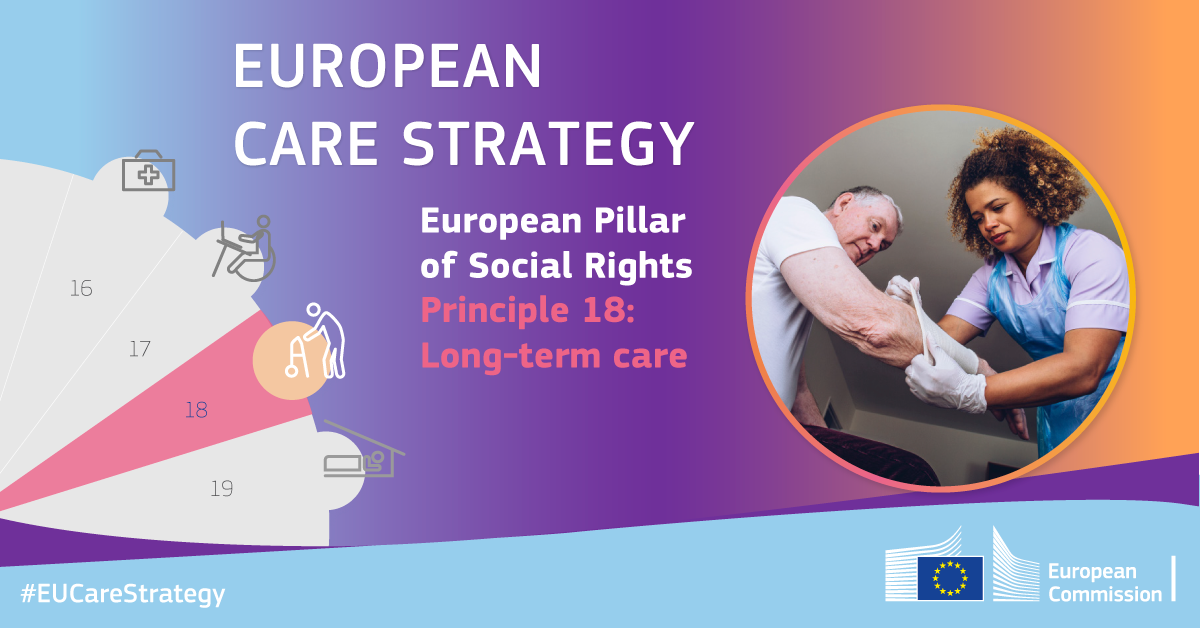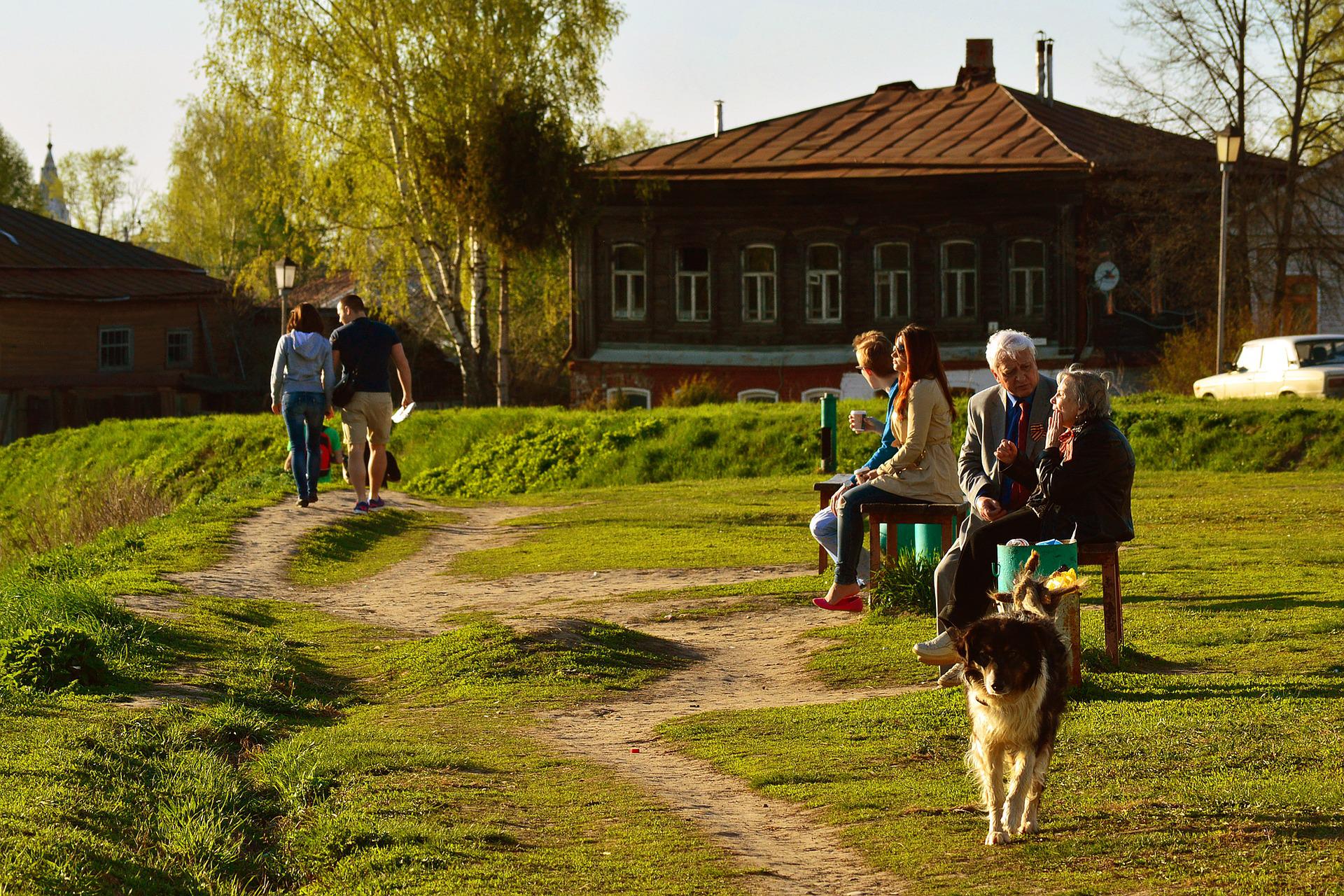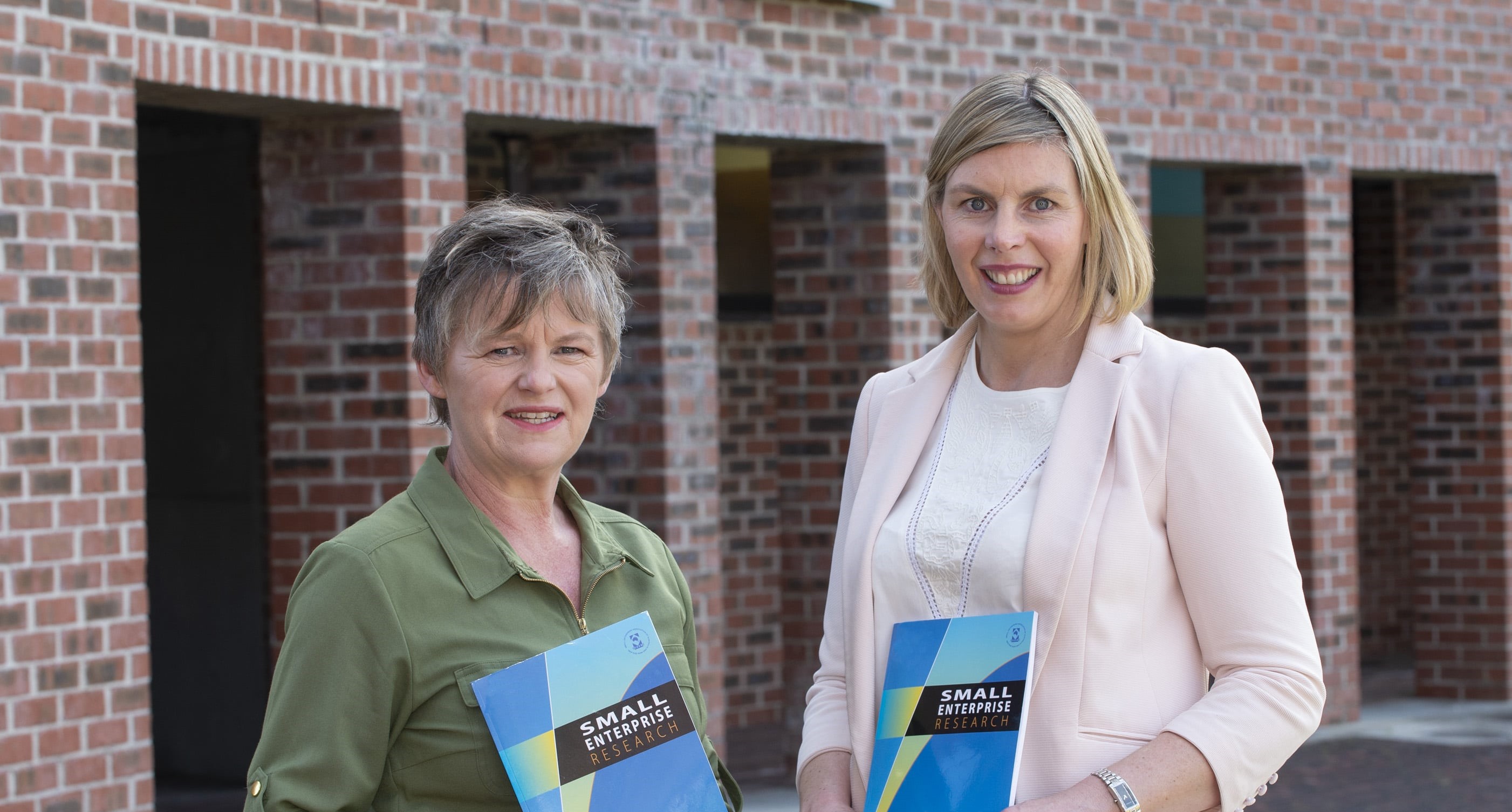The Proportion of Older Adults Who Continue to Employed in the European Union Countries
Eurostat has recently released its annual publication Ageing Europe 2021. This interactive report provides updated data on older adults in the European Union for the year 2020 and forecast the demographic trends and the development of the Silver Economy in our regions.
Our population keeps ageing
In 2020, people over 65 represented 20.6% of the European Union's population. Looking at SILVER SMEs partners' country, we observe that Portugal ranks above the European average, with 22.1% of its population being over 65.
Elderly population (65 years and over) by NUTS level 2 regions in 2020 as percentage of the total population
While Eurostat's new publication only provides data at national level, the median age indicator for 2020 gives an idea of the population structure in our regions (at NUTS2 level). In the EU, the median age stood at 43.9 years in 2020. Many of our 8 regions were above the European average during that same year. Moreover, the comparison with the median age in 2019 shows that it increased in all our territories from 2019 to 2020 (see table).
The old-age dependency ratio also helps to analyse the share of older adults (+65) on the working-age population (20-64) on a territory. This ratio is constantly increasing in the EU. In 2020, some of the highest old-dependency ratios were concentrated in Germany, Greece, Spain, France, Italy, Portugal and Finland. Many of these regions are rural, mountainous, or relatively remote, and the fact that younger generations leave these areas to study or work elsewhere impacts the old-age dependency ratio. Among EU regions, Evrytania, a mountainous region in Greece, is the territory recording the highest old-age dependency ratio (78.3%) in 2020.
Ageing projections up to 2100
The projections from the interactive report are even more interesting when it comes to analyse the share of older adults in our future society. At EU level, the share of people over 65 is expected to strongly increase until 2058, reaching 30.3% of the EU population. This share will continue to raise from 2058 to 2100 even though less strongly and less quickly. In 2100, the share of older people in the total EU population is expected to attain 31.3%. This means that the transformations linked to ageing will be concentrated over the next 5 decades.
In Poland, Spain and Portugal, forecasts predict an increase in the share of older people in the future above EU average, and it is expected to reach respectively 33.9%, 32.6% and 32.2% in 2100. Therefore, these countries will have to deploy more efforts to adapt to an ageing society.
Impacts on the Silver Economy
Eurostat's recent data on ageing can help to anticipate future challenges. It shows that ageing territories will experience a demographic transition especially in the 5 coming decades. Moreover, other data available at regional level show that rural, remote, and mountainous areas will be more affected by ageing in the future. Statistics therefore illustrate the necessity to better meet the needs of older adults, for instance by developing the Silver Economy sector. This is what the partners of the SILVER SMEs project are already undertaking through their Action Plans, in order to stimulate the creation of businesses that can offer goods and services more adapted to the elderly.
Another interesting data regarding the Silver Economy market is the is the ability of older people to use digital tools. "Ageing Europe 2021" shows the countries in which the over-65s' population have digital skills above basic knowledge. 24% of older adults do so in the European Union, and a quite high proportion in Sweden (42%) and France (31%). However, in other SILVER SMEs countries, we observe that high digital skills are not as much common among older adults. In Spain, Ireland, Slovenia, Portugal, and Poland, only 19% to 9% of people over 65 have a knowledge of digital tools that goes beyond the basic skills. Such information provides food for thought regarding the offer on the Silver Economy market:
- Older adults may be keener to use digital solutions in certain countries like Sweden and France (such as the smart devices for home safety showcased within Smarter Homes in Sweden or the Senior-Senior app in France)
- In other SILVER SMEs regions, businesses should not only rely on digital solutions but also develop other goods and services. They should also not only use online communication to make their products known by older adults, families and caregivers but rather use more traditional communication channels such as newspapers, posters, business fairs targeting healthcare professionals etc. (as done by La Exclusiva, the home delivery service of basic goods in the Province of Soria, Spain, which proposes older adults to order online but also by phone or in writing).
Want to learn more about our Action Plans for the Silver Economy? Subscribe to our newsletter!
Project News

The European Commission publishes its care strategy
In the post COVID-19 pandemic context, combined with demographic change, the European Commission has published its new EU care strategy. The strategy aims to

What links Smart Villages and the Silver Economy?
Smart Villages seek solutions rooted in the local territory that can generate value and benefits for the community, including for the ageing population.

SILVER SMEs' 13th newsletter is out!
Last April, SILVER SMEs partners met in Burgos (Spain) for their first face-to-face meeting since the outbreak of the COVID-19. Learn more in SILVER SMEs' 13th

Journal Special Issue on the Silver Economy Launched
Dr Aisling ConwayLenihan and Dr Helen McGuirk are guest editors on the recently launched Special Issue Small Enterprises and Silver Economy in the Small ...

Hincks Centre presents at Rural Voices seminar
Dr Helen McGuirk and Dr Aisling ConwayLenihan of the Hincks Centre for Entrepreneurship Excellence (MTU, Cork) were invited to present at the National Universit

A Gusto en Casa: a tailored home care services model
SILVER SMEs partners discovered a new initiative to boost the Silver Economy in the Province of Burgos, Spain. This new project is a good complement to all the

Burgos Province's Action Plan boosts Silver Eco SMEs
Today we meet with Beatriz García Val, Institutional Cooperation Officer at SODEBUR. She tells us about the actions developed thanks to SILVER SMEs and
Partners meet the rural Silver Eco actors in Burgos
SILVER SMEs organised its 7th partners meeting on 26th – 27th April 2022 in Burgos, Spain. Organised and hosted by SODEBUR) the meeting was an opportunity

Southwest Ireland implements its Action Plan
Today, we meet with Dr Aisling ConwayLenihan of the Hincks Centre for Entrepreneurship Excellence (Cork), to discuss how the Action Plan for Southwest Ireland

Read SILVER SMEs' 12th newsletter !
SILVER SMEs partners are now implementing their regional Action Plans to support the development of the Silver Economy in their territory. On this occasion,
Source: https://projects2014-2020.interregeurope.eu/silversmes/news/news-article/13428/ageing-in-europe-what-do-the-latest-statistics-say/
0 Response to "The Proportion of Older Adults Who Continue to Employed in the European Union Countries"
Post a Comment